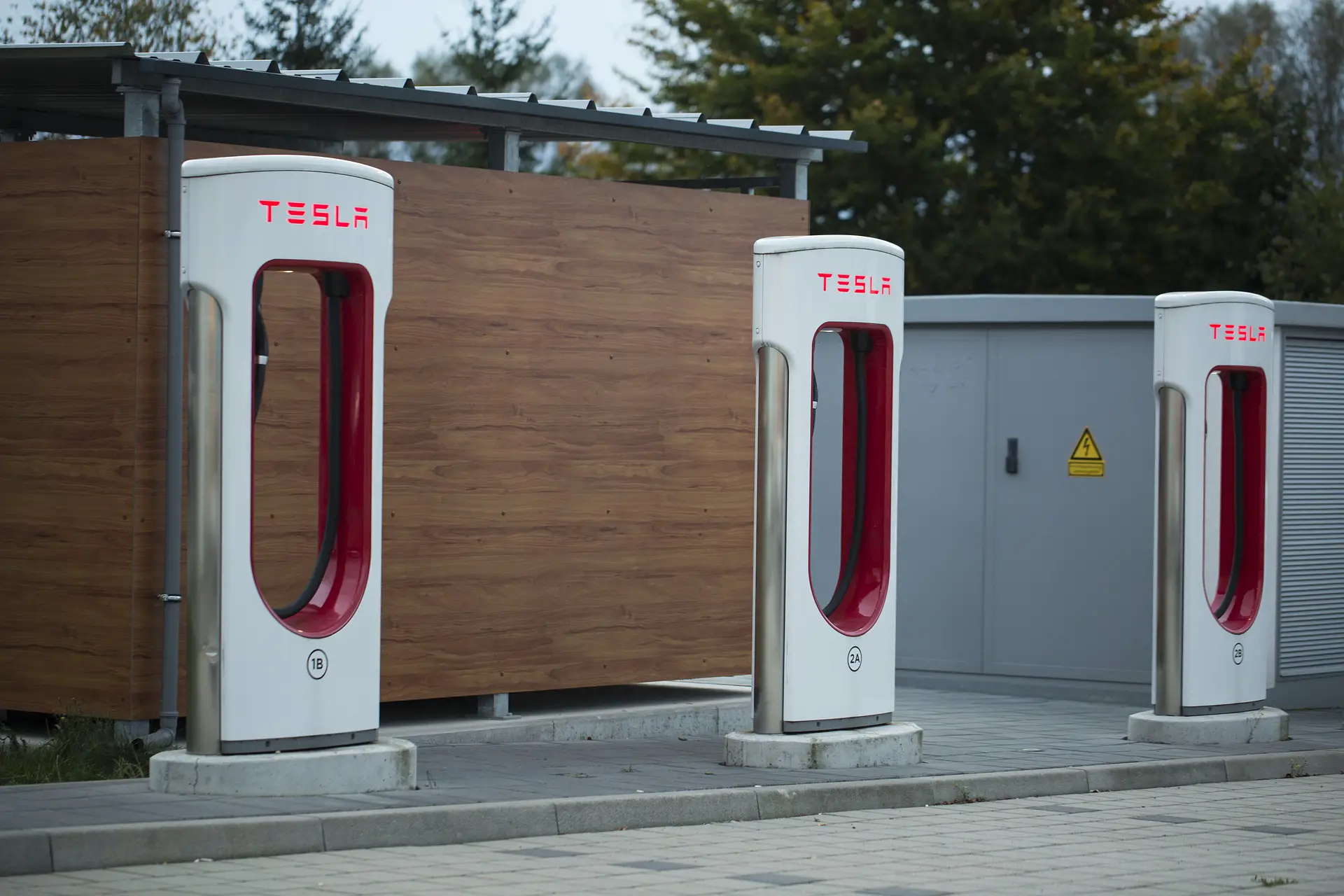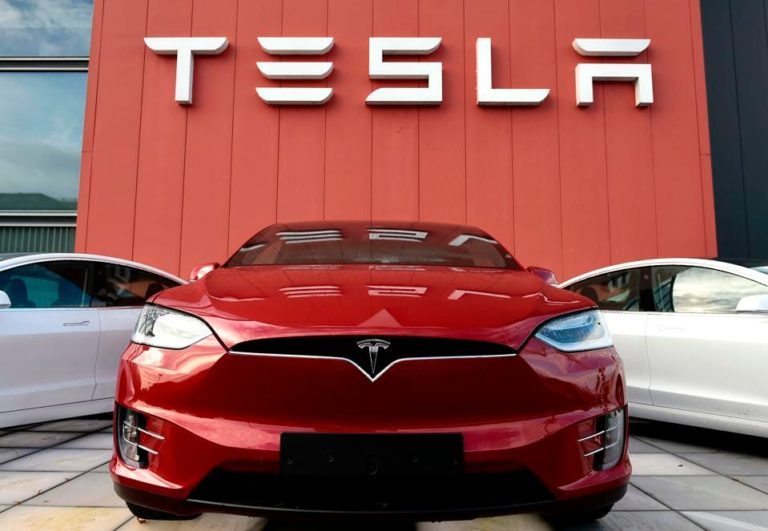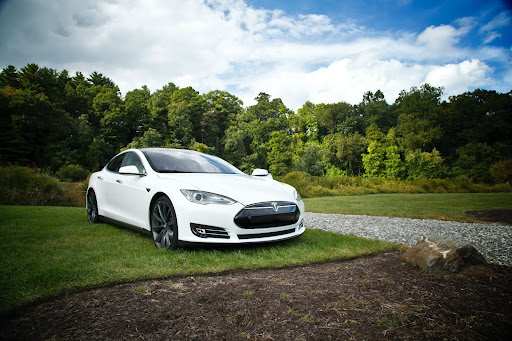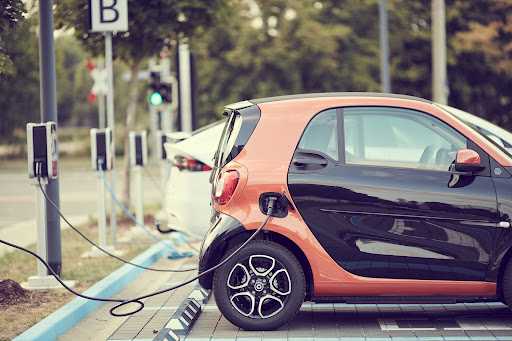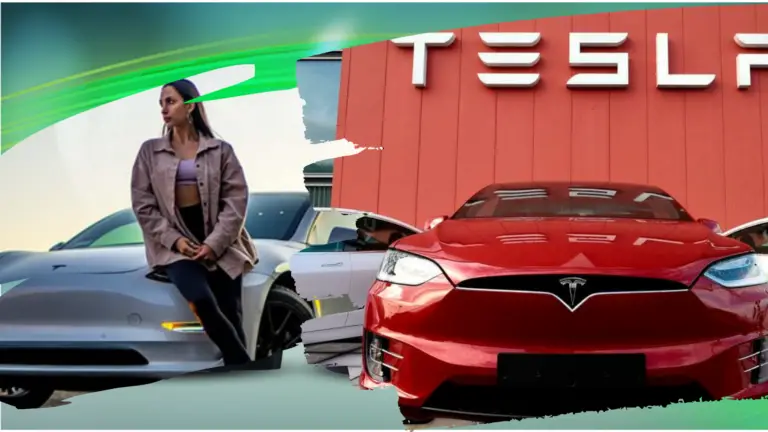How Many Watts Does A Tesla Use When Charging?
It’s incredible how society changes so fast. Humanity gets used to a set of paradigms, and along comes a disruptive technology that changes everything. Marconi did it with the radio in the 1900s; John Bird did the same thing with television in 1927, and on 21 July 1969, Neil Armstrong walked on the moon. The advent of Electrical Vehicles is just as dramatic.
A home-based charging system uses 1.8-19 kW, whereas a Tesla supercharger station delivers a maximum of 150kw per car, depending on the model type. The electrical power (watts) needed to charge a Tesla battery varies upon the model car and the charging station.
When there is a discussion about the kind of charge that Tesla uses, the conversation becomes somewhat complex. Before discussing the number of watts that a Tesla uses to charge, it’s a good idea to remind us what some of these terms mean.
Table of Contents
- How To Calculate How Many Watts A Tesla Uses When Charging
- So How Many Watts Are Used To Charge A Tesla?
- Conclusion
How To Calculate How Many Watts A Tesla Uses When Charging
The three main electricity measurements relevant are Voltage, Amps, and Watts.
When your energy bill arrives, it shows you used a certain number of kilowatt-hours, but when you buy bulbs, they are measured in watts, and then you have 9-volt batteries and vacuum cleaners that have 15-amps of vacuum power. What are the purposes of so many measures of electricity?
Just like in a plumbing system, three things must happen to make electrons flow in an electrical circuit:
- You need to know how much water is available to flow and the size of the pipe – Voltage
- Enough water to be available in the pipe, and you need to know how fast it is going – Amps
- There should be sufficient pressure to make the water flow – Watts
You Need To Turn The Tap On
The amount of current (water) available is the Voltage. Positive and negative terminals provide this, and the current flows from the negative to the positive terminals.
Enough Water To Be Available In The Pipe
Once the current (water) moves, you need to measure how much is flowing. This measurement is called amps and is the number of electrons moving past a specific point in the circuit; if too many amps pass through, the circuit trips.
There Should Be Sufficient Pressure To Make The Water Flow
So, we opened the switch (tap), measured the voltage difference between the negative and positive terminals, and measured the number of electrons in the circuit (amps). The resultant pressure is called watts.
- Using the water analogy, you can change the pressure by widening or narrowing the width of the pipe, so adjusting the Voltage will change the watts.
- If you increase or reduce the current speed, the flow will increase or decrease the watts.
Watts is the measure of power that determines how much work can be performed in a given amount of time.
Without boring your socks off, let’s conclude by saying that the watts are calculated by multiplying the Voltage and the Amps, resulting in the Watts produced by a circuit.
Simply put, the higher the current speed (Amps) which flows and the larger the pipes (Volts) mean a faster battery charge.
So How Many Watts Are Used To Charge A Tesla?
There are three levels of Tesla charging available:
- Level 1 is the charger provided with the vehicle.
- Level 2 is available as an installation at home or the office
- Level 3 is the Supercharging station.
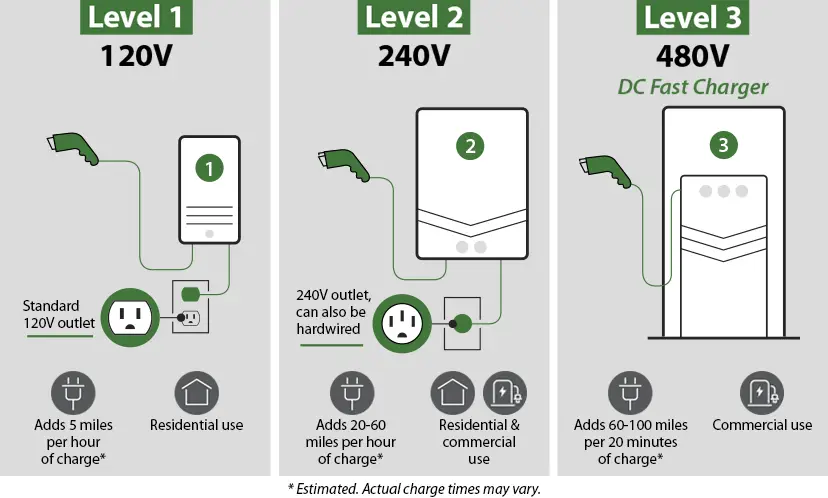
How Many Watts Does A Level 1 Tesla Charger Use?
Level One chargers are the most basic chargers which use the least number of Watts. These are trickle chargers not significantly different from those found in the average home.
The home’s standard Voltage will be available, but the amps will be very low.
These chargers run on 120-volt circuits at 15 -20 amps and therefore use between 1.8kw and 2.4kw.
These chargers can generally charge the Tesla battery at a rate of 2 miles of range for every hour of charge.
The Amount Of Watts Used By A Level 2 Charger
Level 2 chargers can only use a 240-volt circuit. If you live in North America, where most home electrical circuits are rated at 120 volts, you will have to check with a certified electrician what your options are.
Most homes have at least one 240V circuit, which is used to power high-capacity items like the stove and geysers. If there is a 240volt socket positioned to be connected to the Tesla, you are good to go.
Level 2 chargers run on 240V circuits at 80amps, which means they use approximately 19kw. Charging at high amps on a 240-volt electrical circuit may require a home electrical panel with a 400-amp electrical circuit.
Depending on the charger model, they can charge up to 15 times faster than level 1 units.
These chargers can typically charge between 20 – 50 miles for every hour set.
Level 3 Battery SuperChargers
Level 3 battery charges are only available at commercial charging stations. As discussed earlier, the exceptionally high power (watts) they produce require wide “pipes” and a high amperage to achieve the charging rates needed for the supercharging stations.
The stations run on 480-volt (pipe size) circuits using 300 amps. They deliver up to 140kw of power and can provide up to 340 miles range in just one hour.
To install a Tesla supercharger, you need the following upgrades to your electrical infrastructure:
- A three-phase 480V electrical supply
- A commercial step-up transformer to convert the 120V circuit to 480V
- Planning permission from the city and electrical utility
- After the transformer is installed, you need the following
- A metering transformer cabinet
- Electrical meter
- Correction capacitor
- High-capacity breaker box
- Circuit breakers
- The emergency shut-off switch can handle 480V, and the proper kVA for this equipment
The total cost of a Tesla Supercharger will exceed $100,000, and it demonstrates it is not a viable option to install a Tesla supercharger on a typical home.
Conclusion
Depending on whether you use a Level 1, level 2, or Level 3 supercharger, the watts used to charge a Tesla will range between 1.8kw and 2.4kw for a level 1 charger, 19kw’s for a Level 2 charger, and up to 140kw’s for a Supercharger.
It all comes down to which solution matches your resources and the distances you will drive every day with your Tesla.
Amazon and the Amazon logo are trademarks of Amazon.com, Inc, or its affiliates.

